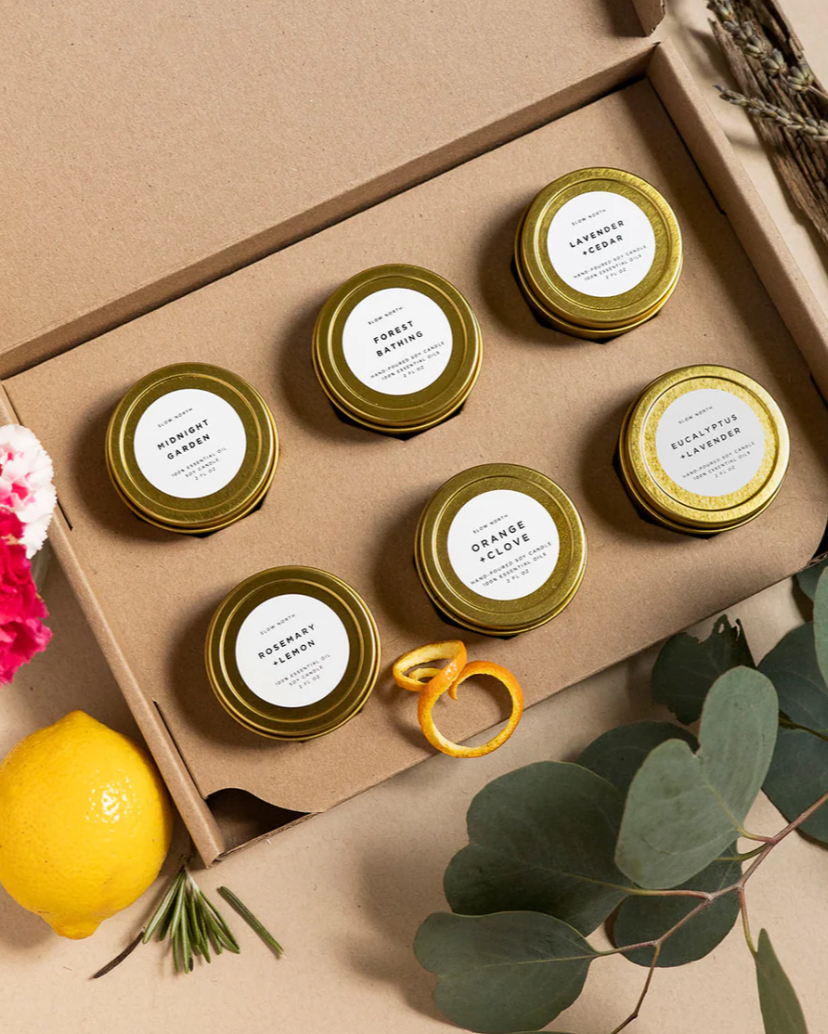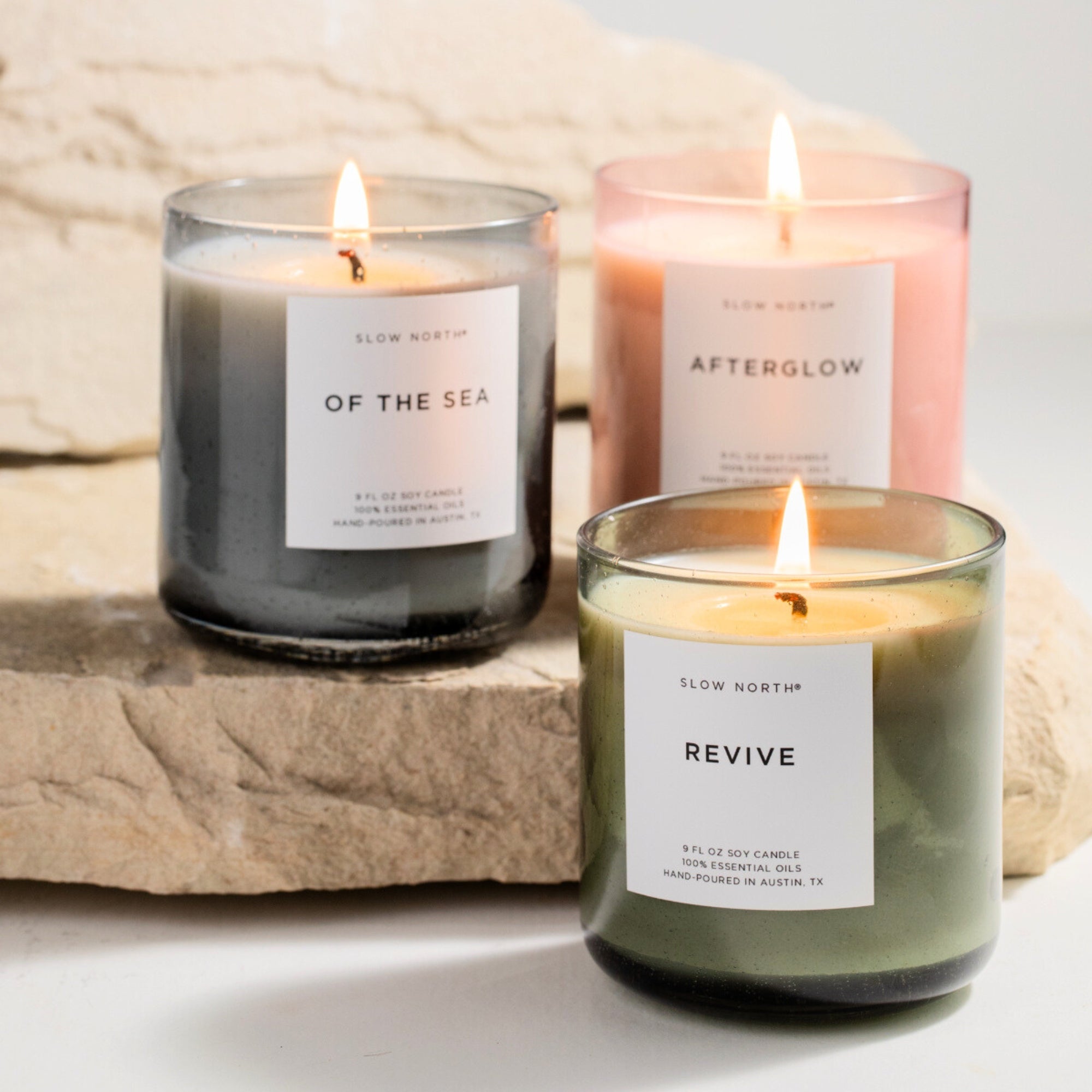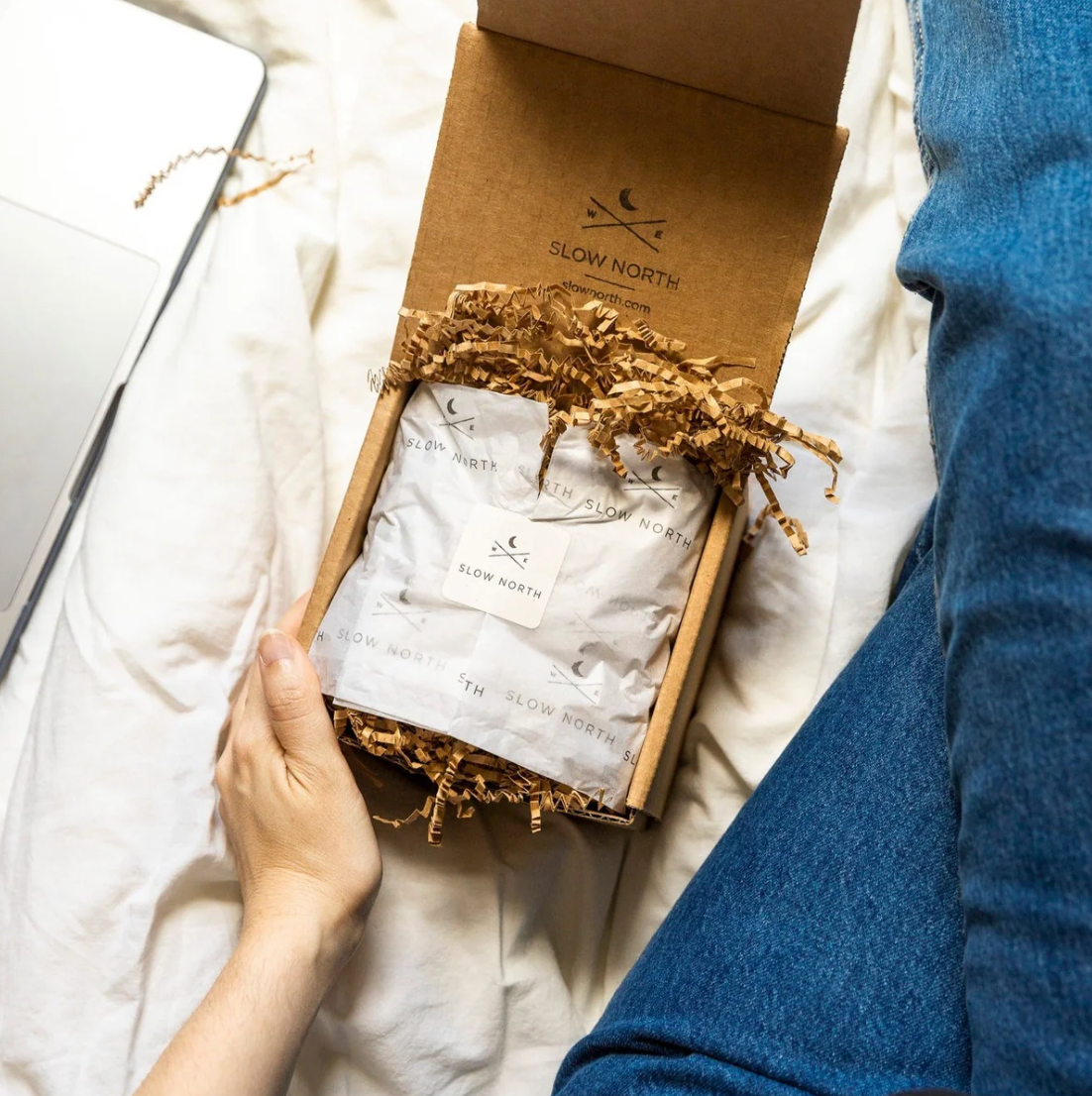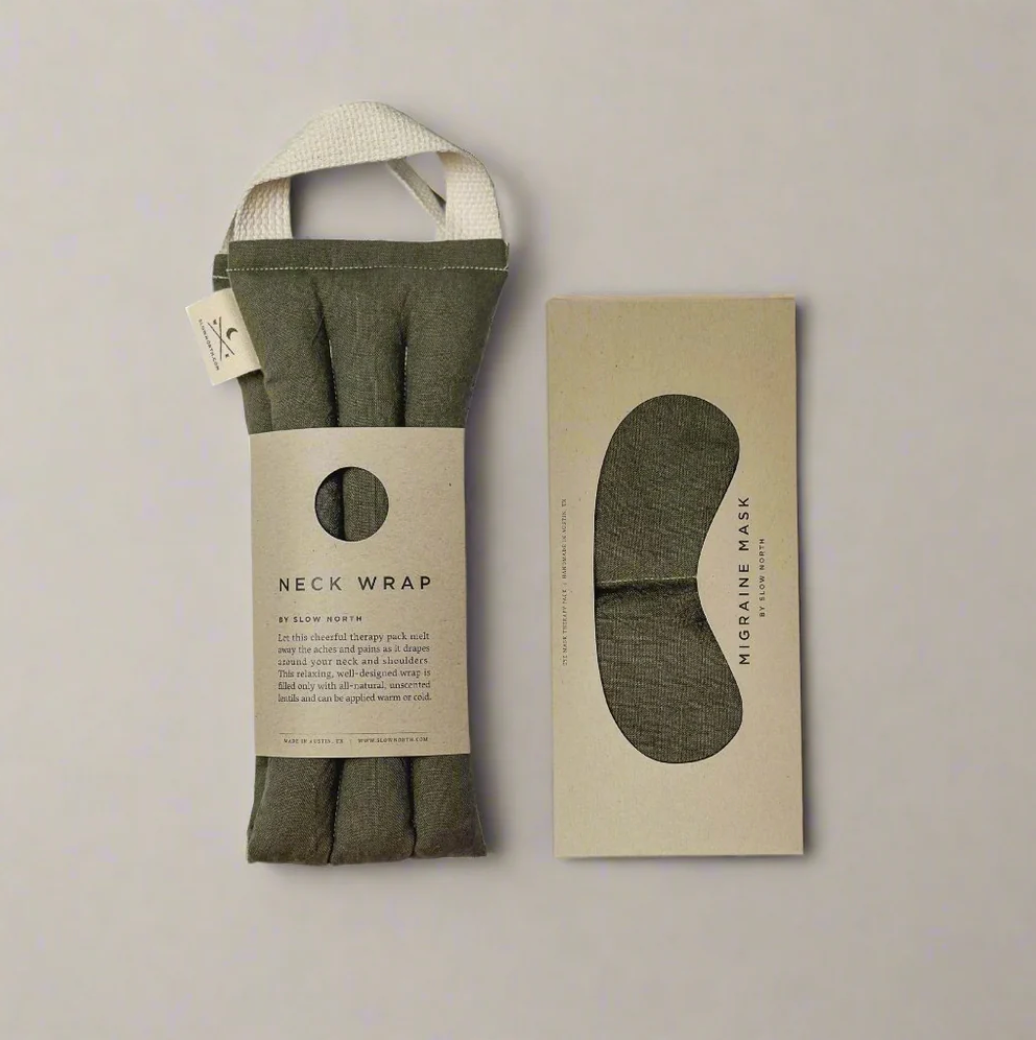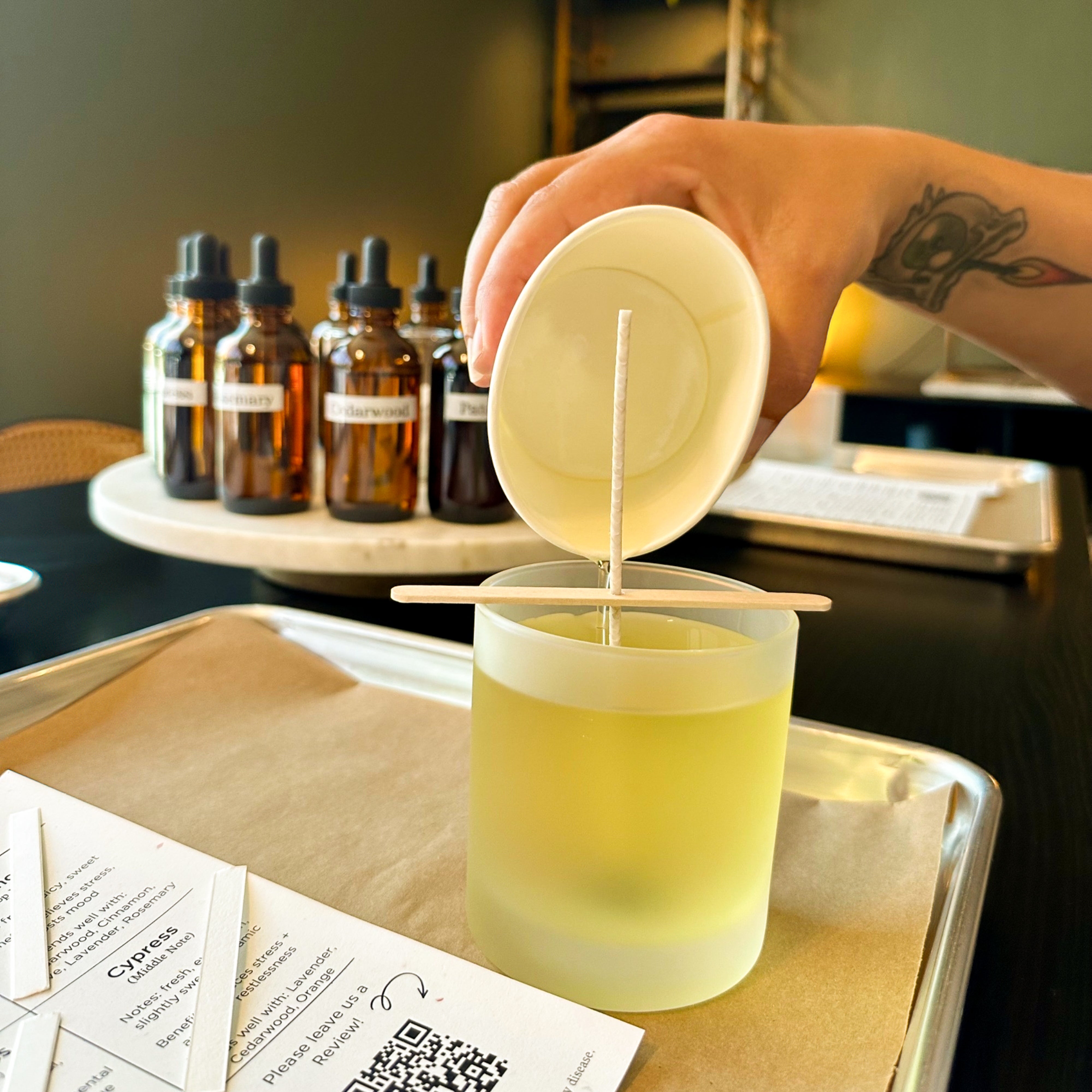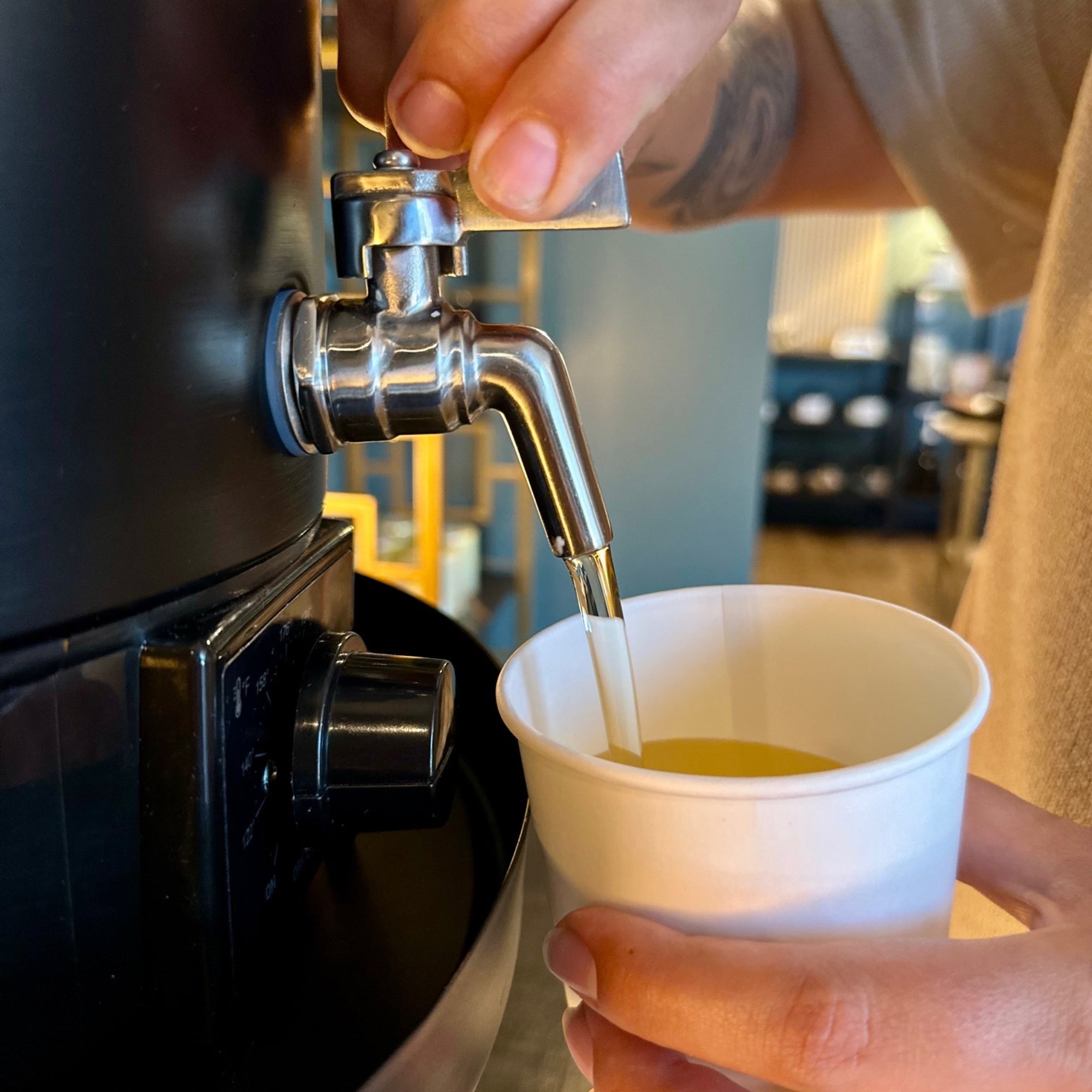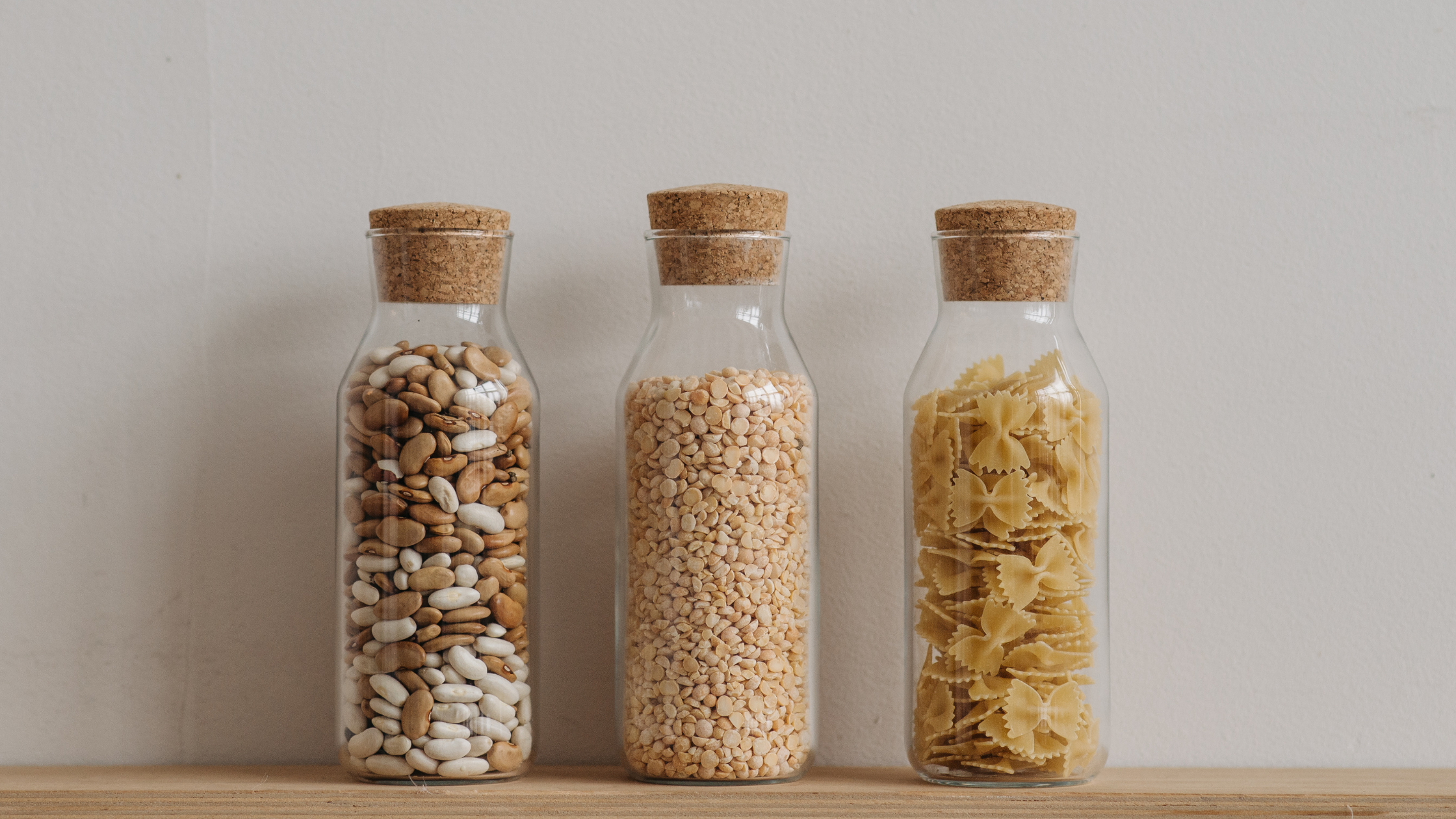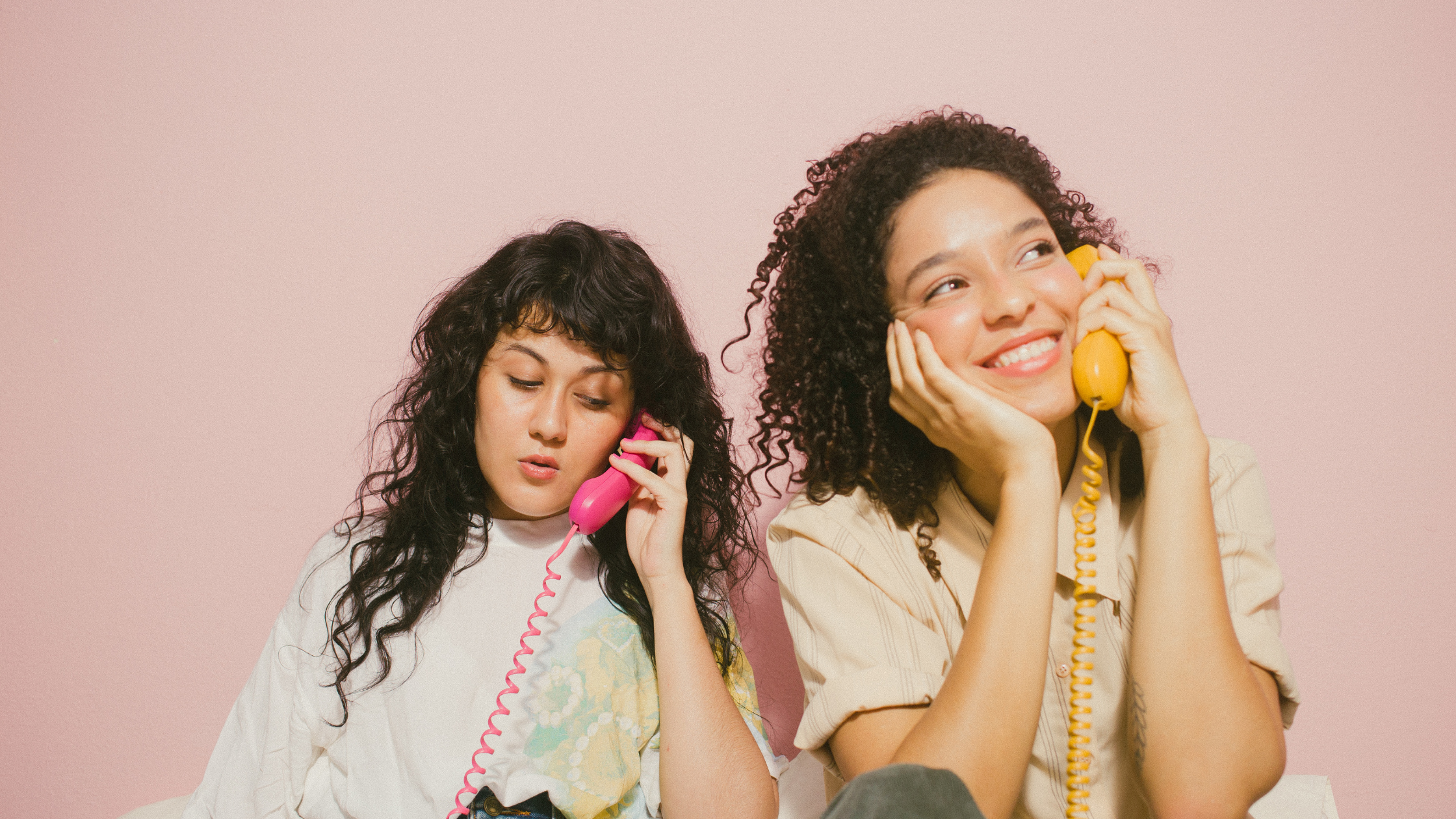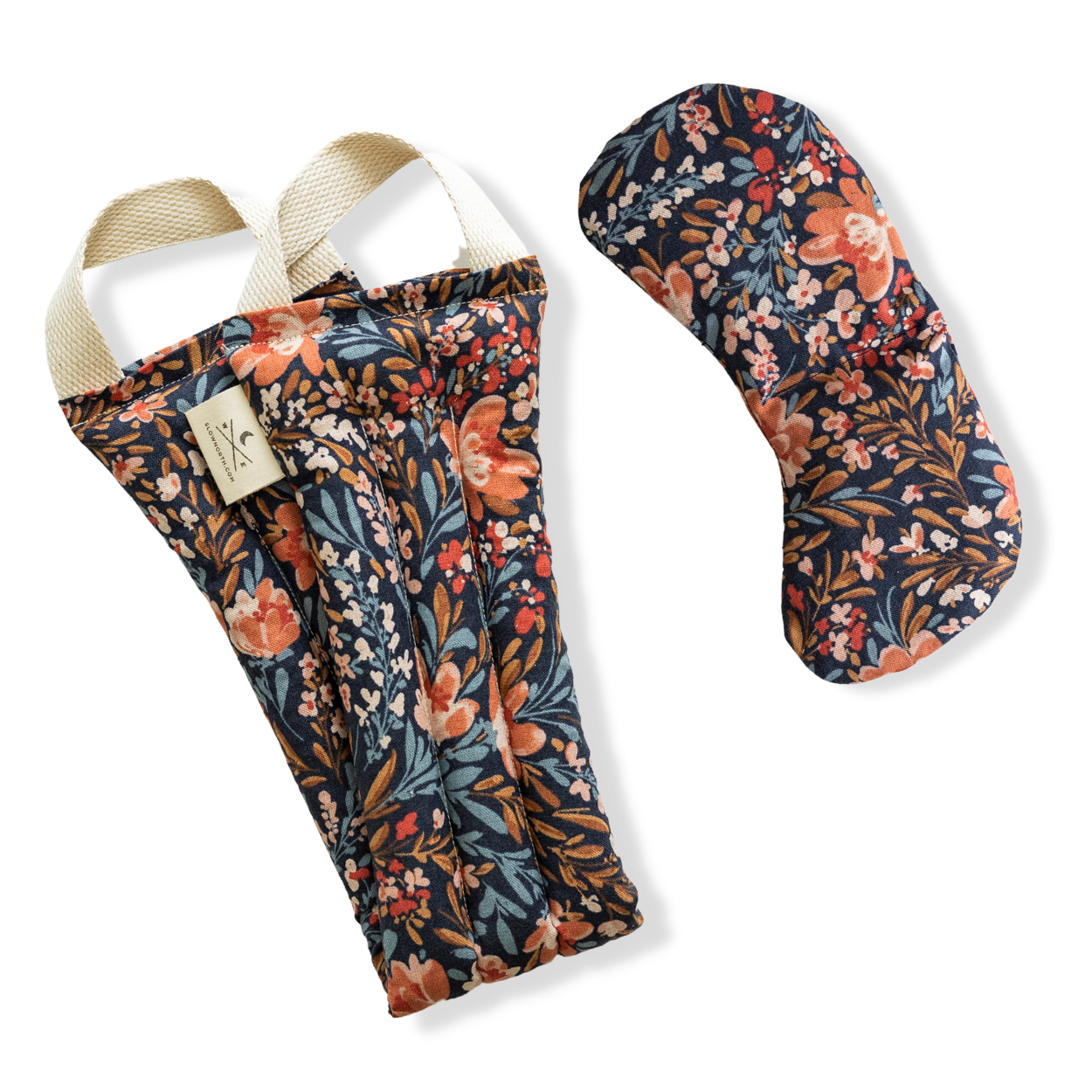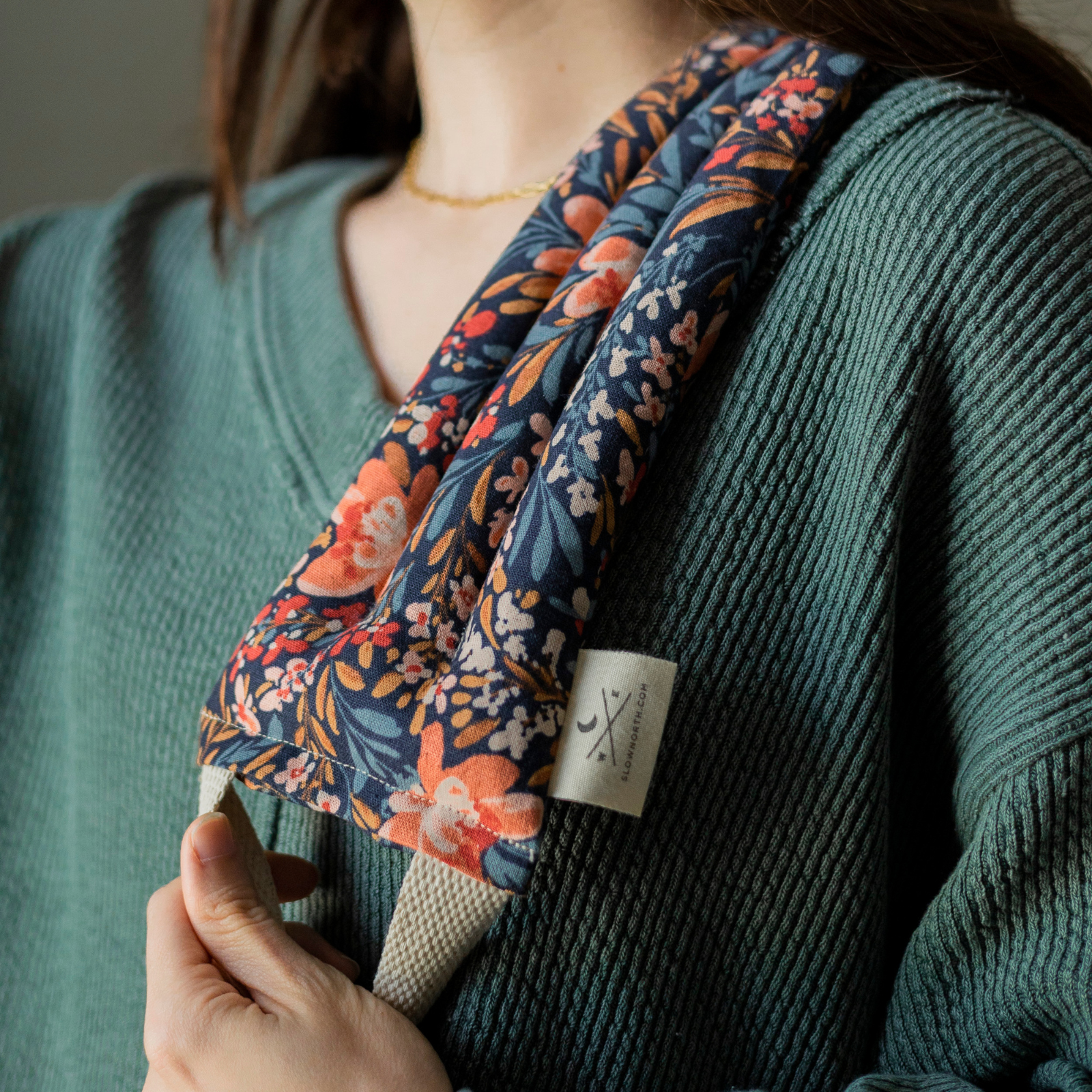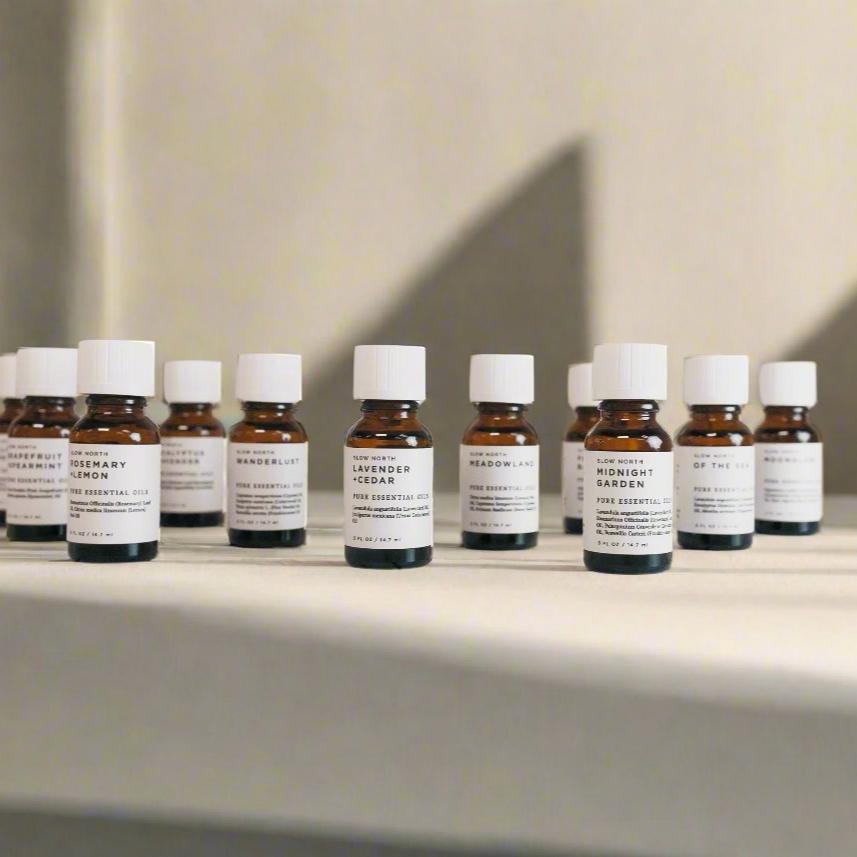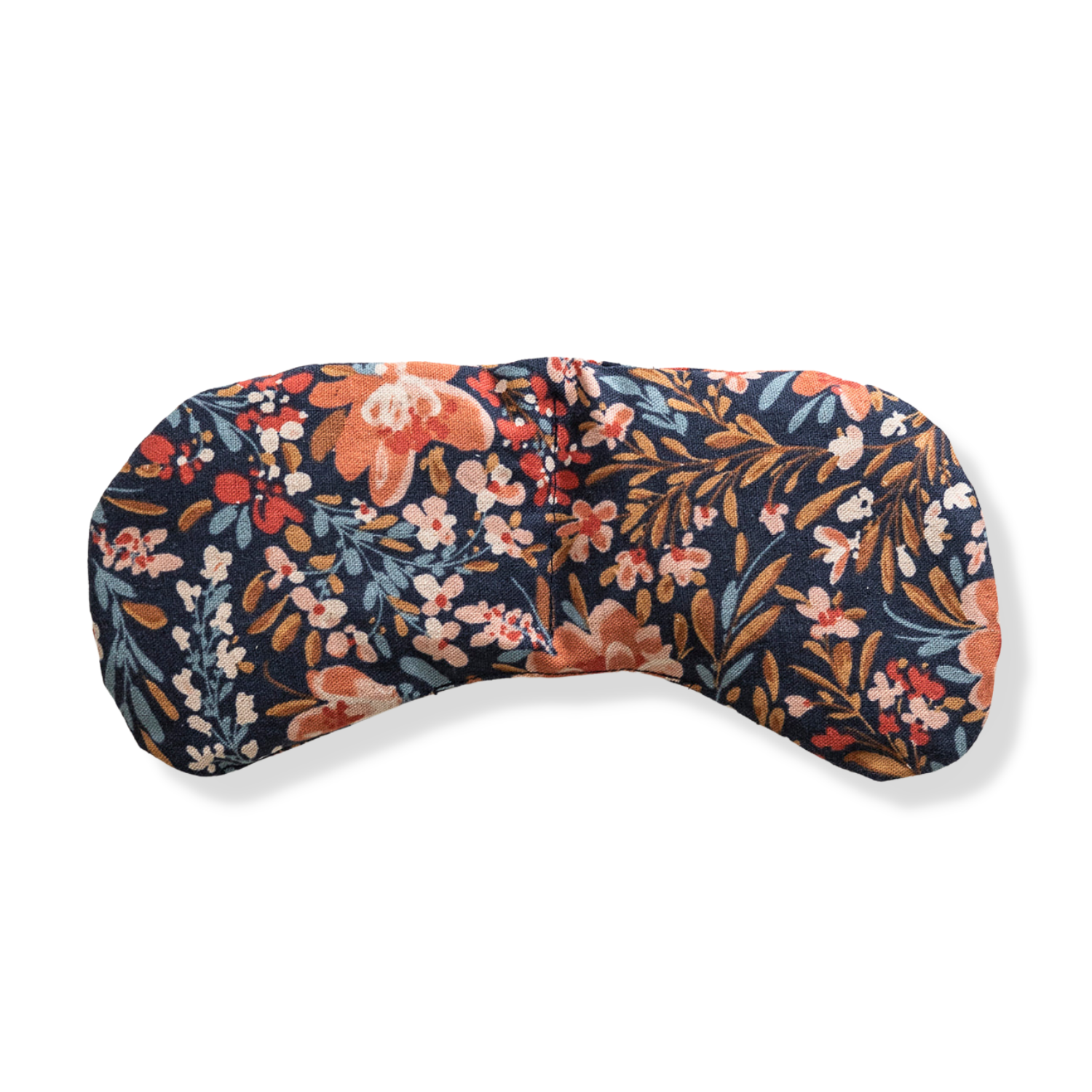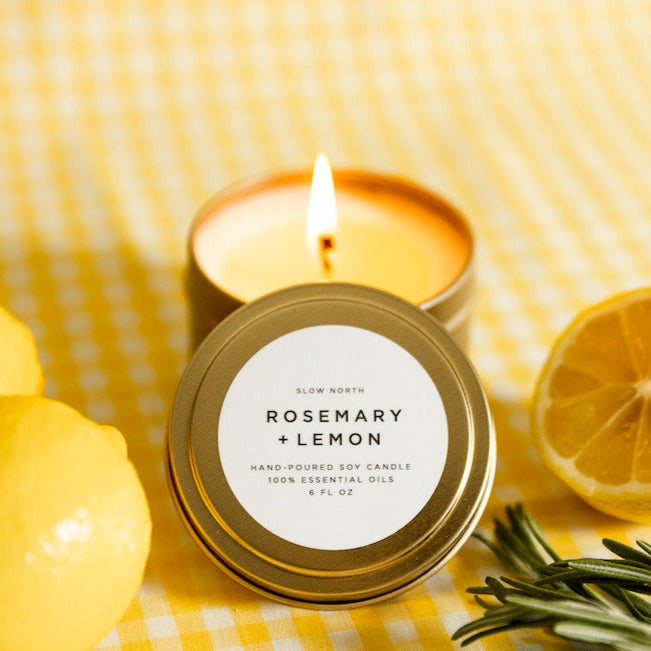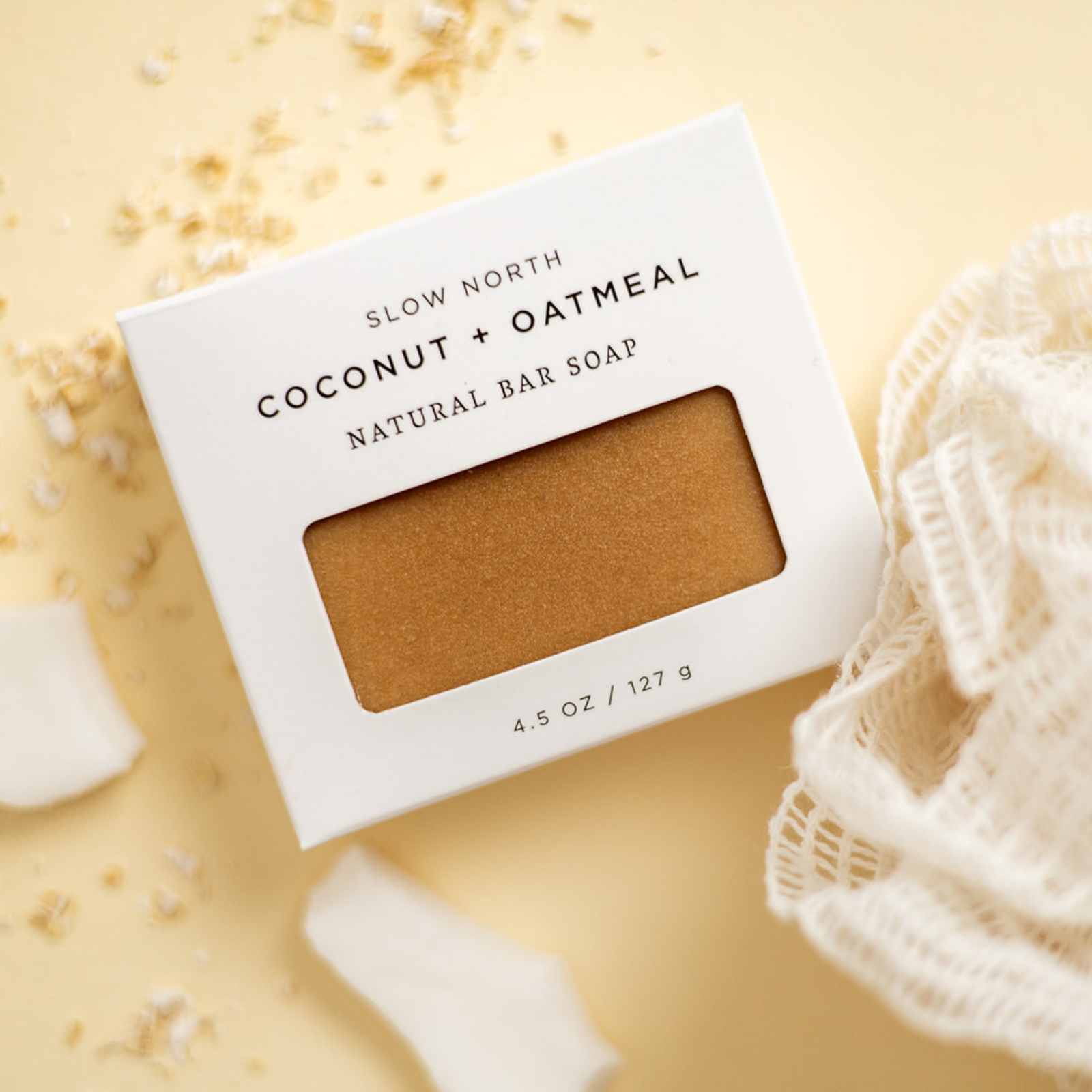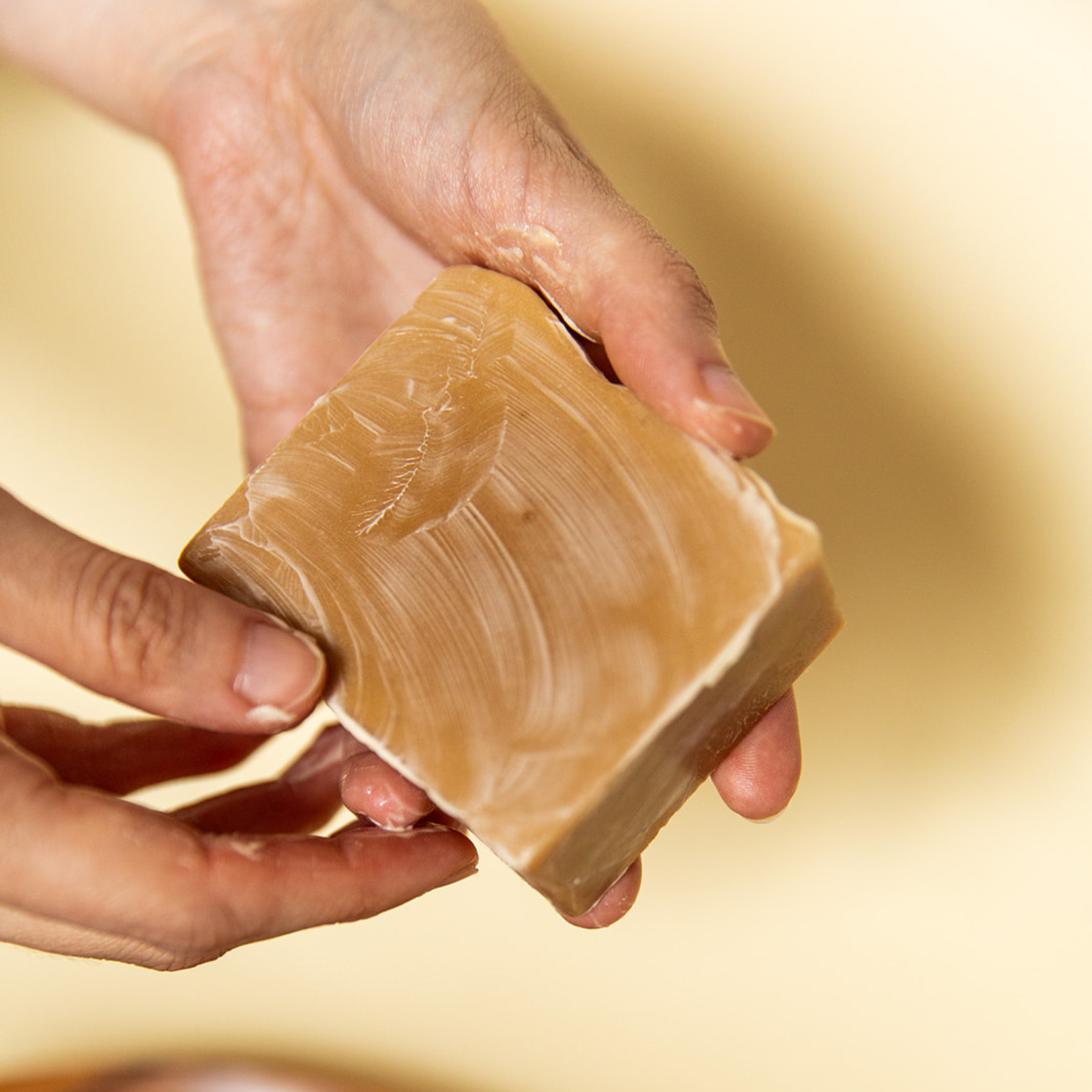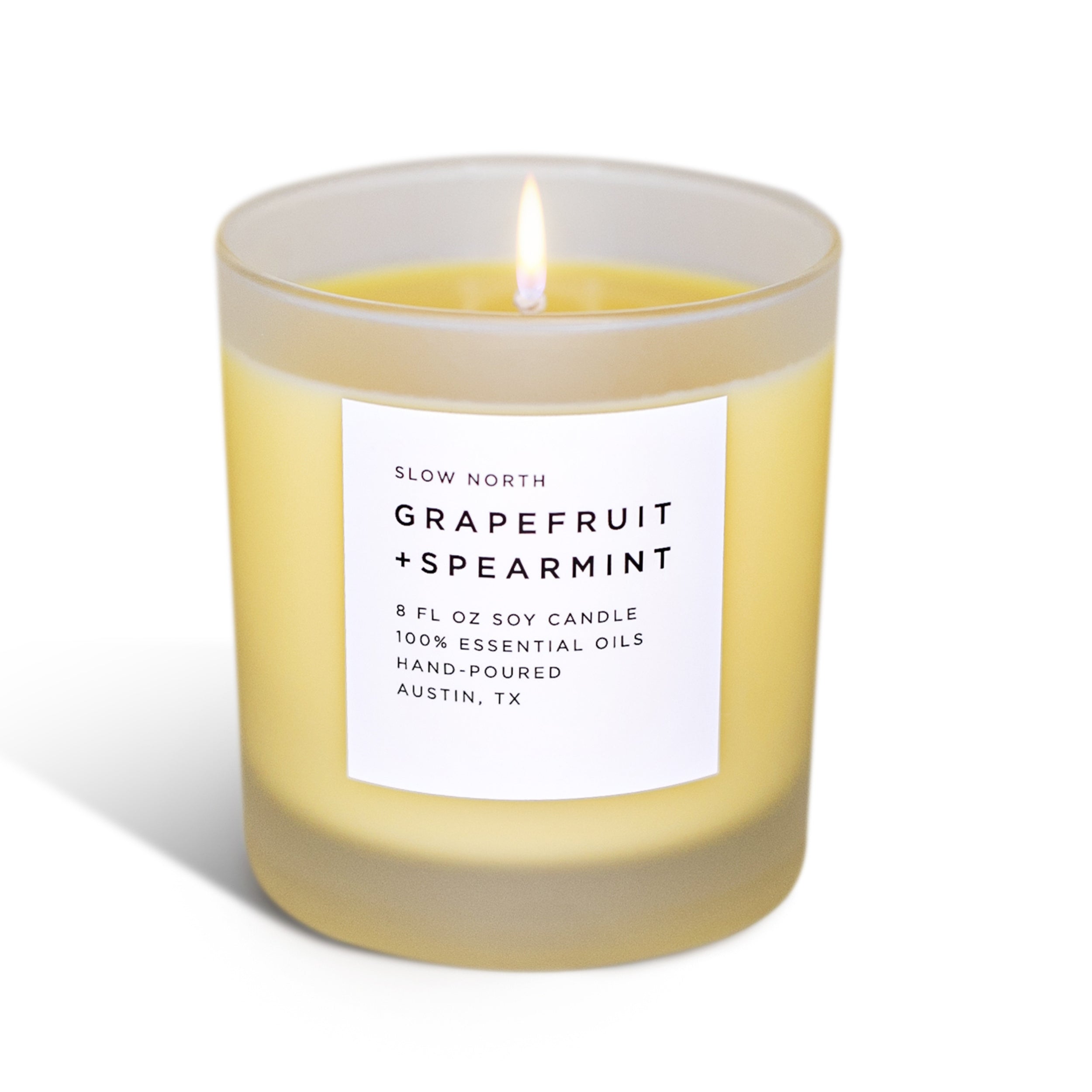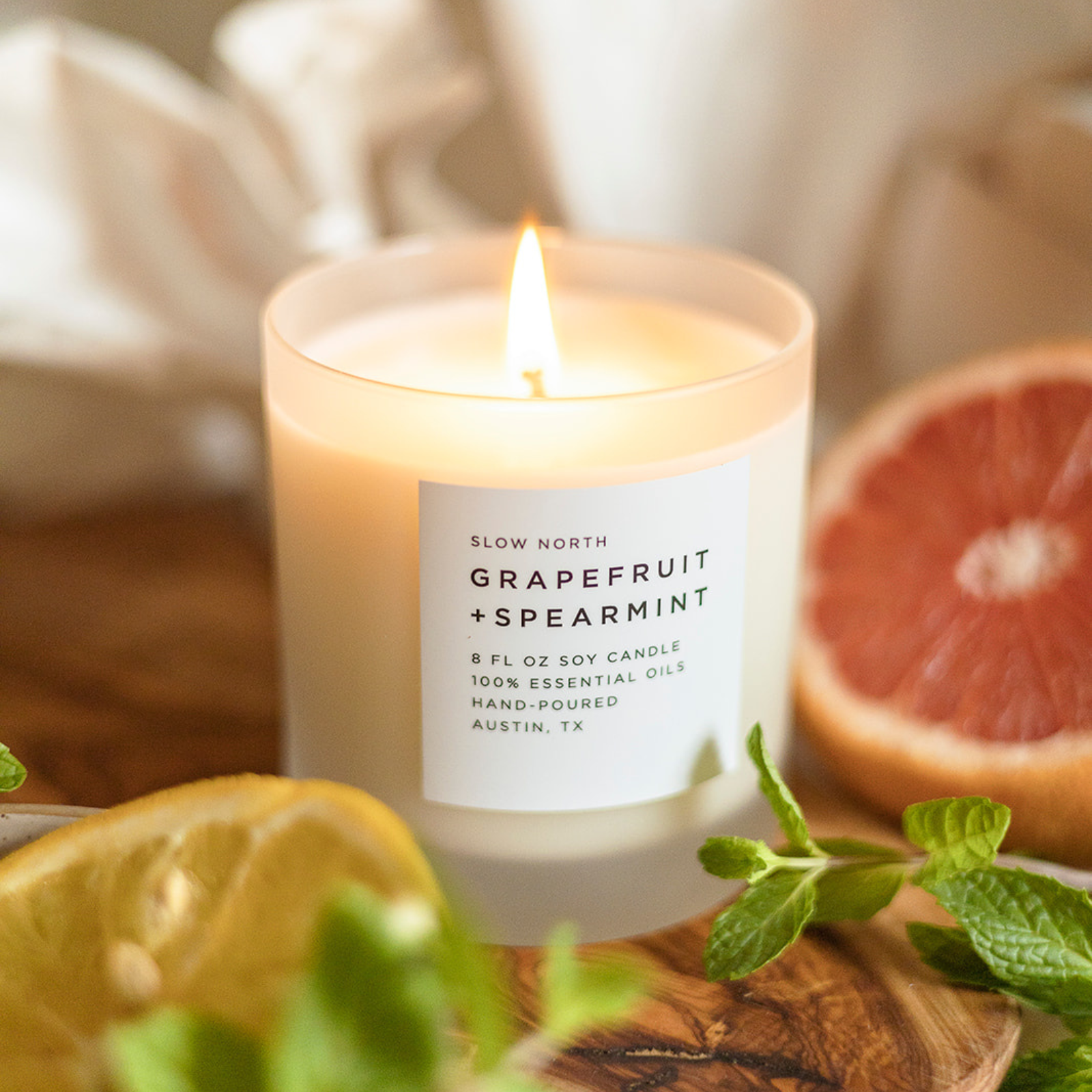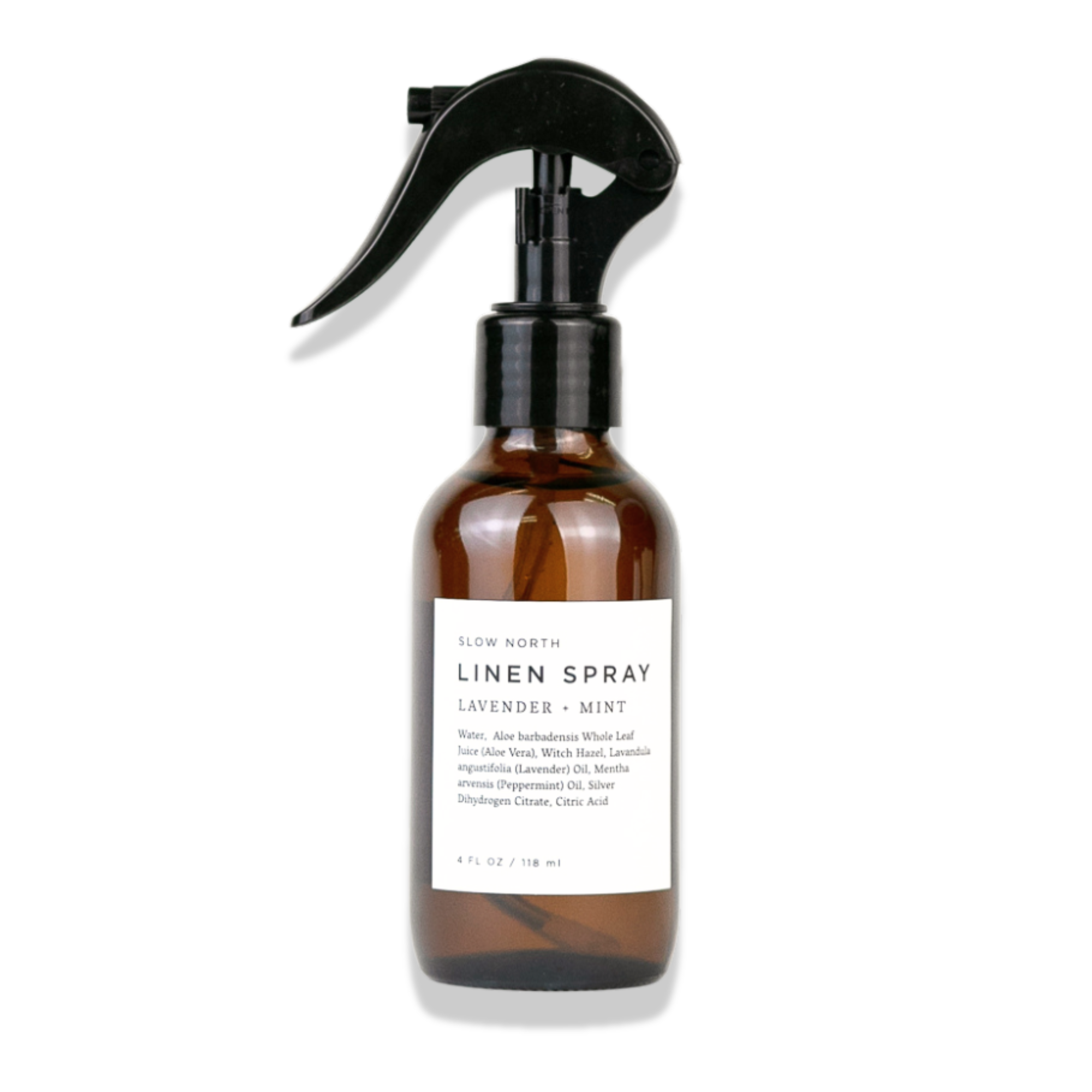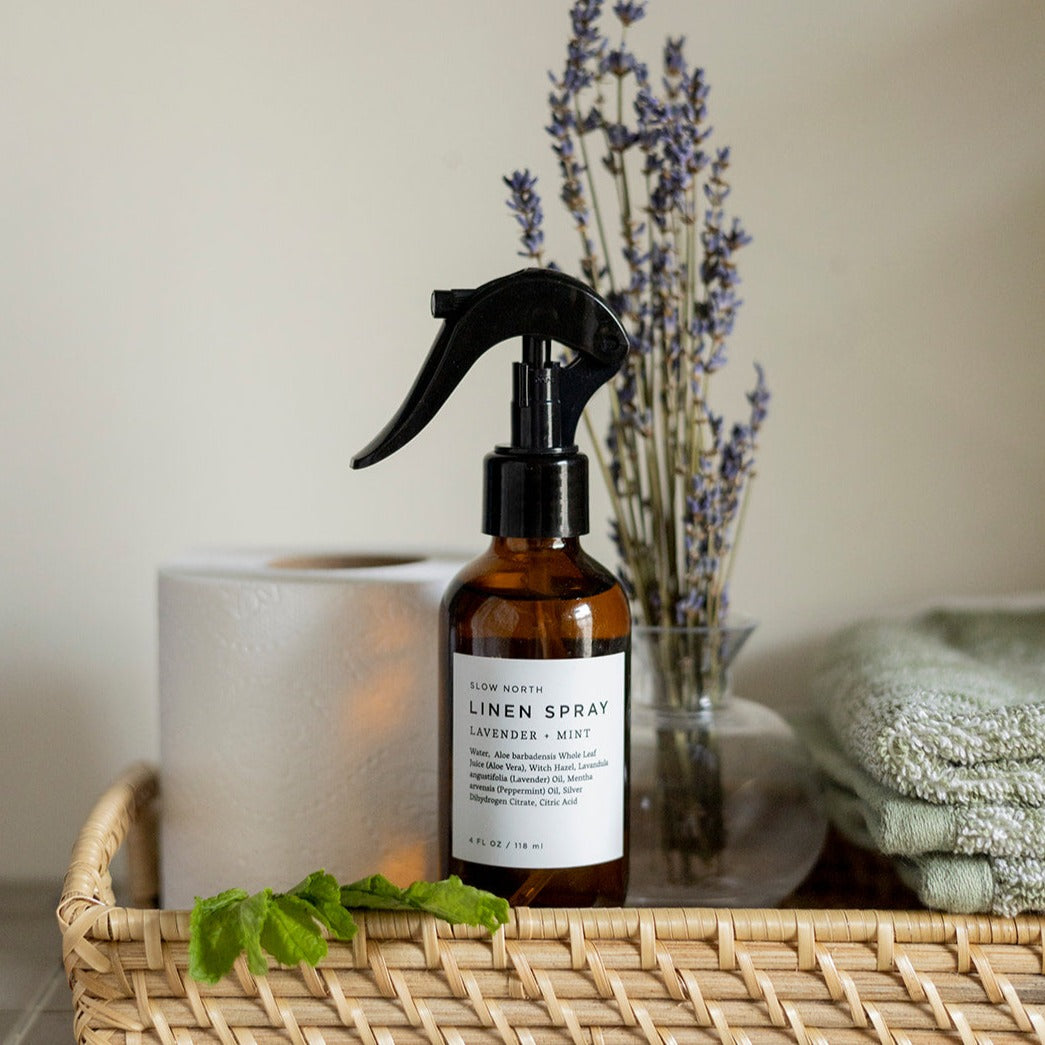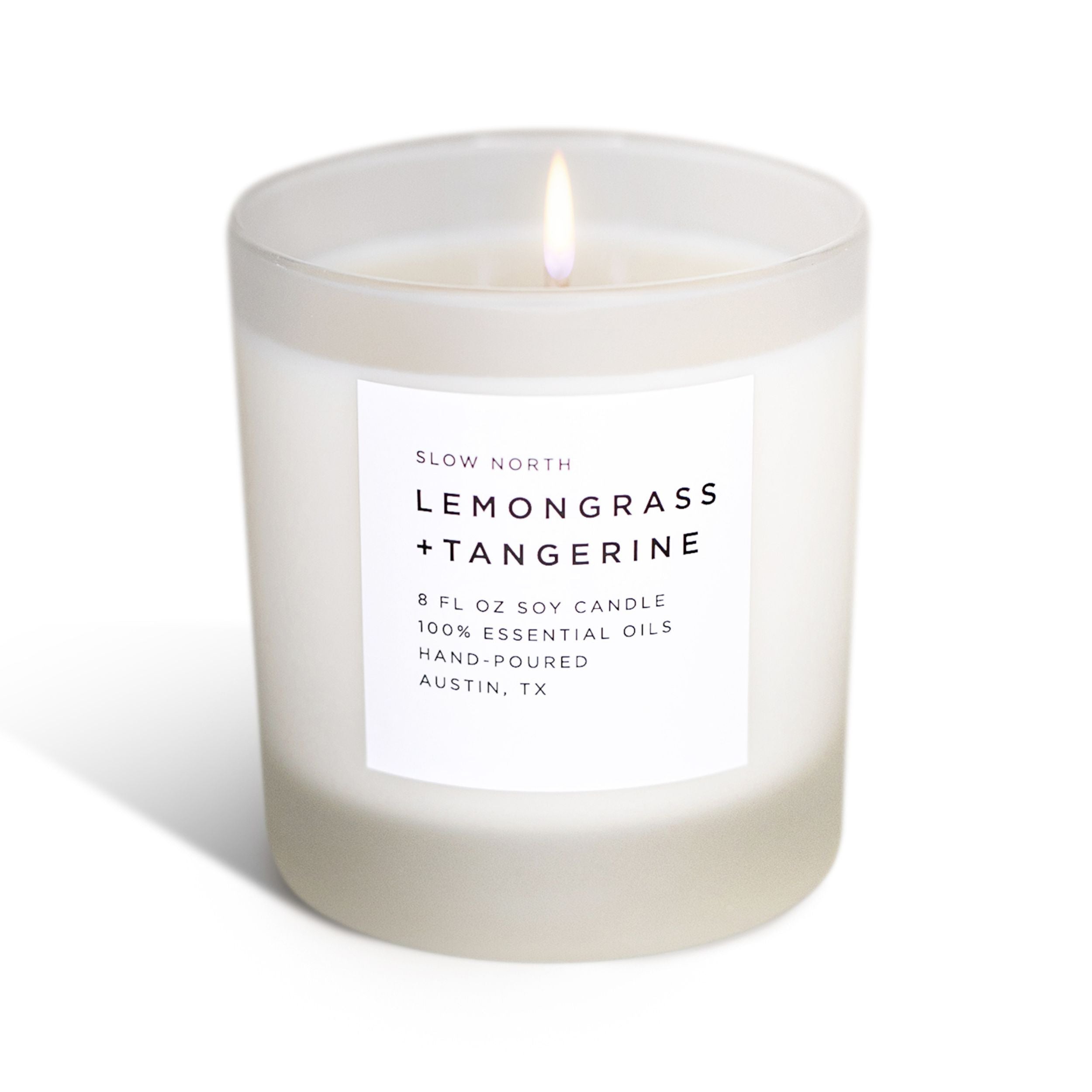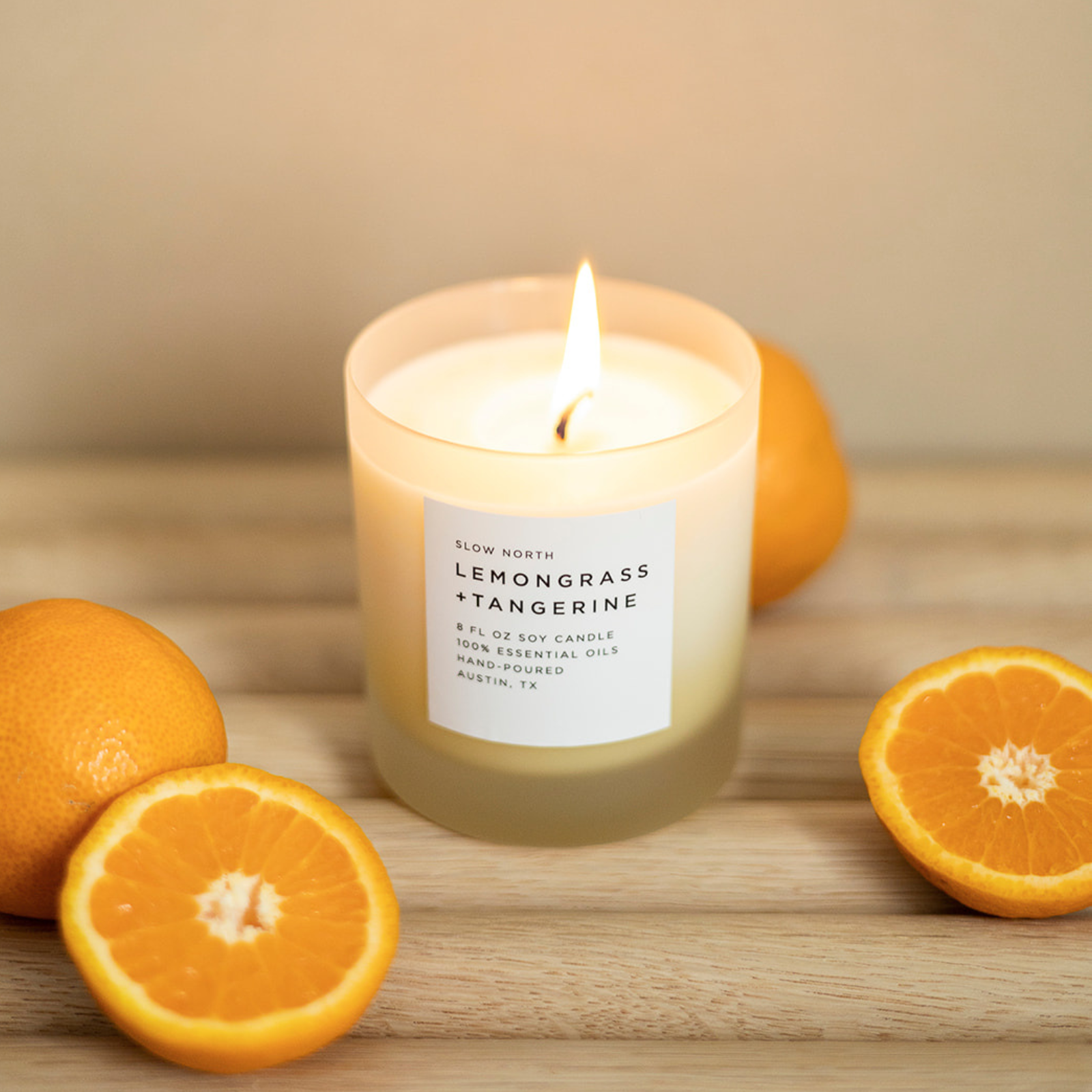One afternoon in college, I stumbled upon a video of Lauren Singer, an environmental activist who managed to fit four years of trash in a mason jar. My life was forever changed. Before that day, I considered myself a pretty sustainable, environmentally-conscious person. I shopped with tote bags and drank from a reusable water bottle. I’ve been a local thrift shop regular for years. I knew how to sort my recyclables and kept a compost bin under the sink. But I quickly realized that I had a major trash problem.
 Photo courtesy of Lauren Singer
Photo courtesy of Lauren Singer
A week went by and I stared in horror as my trash can slowly filled up. From the moment I woke up, I was creating waste. The paper cup I enjoyed my morning latte from apparently could not be recycled because of its plastic coating, nor could the black plastic container that my takeout Thai food arrived in. When I went grocery shopping, I noticed that nearly everything in the store was wrapped in plastic. While drifting off to sleep, I dreamt of my own personal mountain of waste at the landfill slowly growing bigger and bigger as life went on.
To combat my newfound shame, I decided to dig in and start researching on what exactly it would take to become “zero waste.”
The goal of the zero waste movement is to produce — yes, you guessed it — no trash whatsoever. I quickly realized how challenging this might be given how normalized single-use packaging has become. Luckily, my city provided infrastructure and education for sustainable practices like composting and recycling, which is definitely not the case in many places across the U.S.
Considering the average American produces approximately 1,500 pounds of waste per year, the road to zero waste can feel like an uphill battle.

Of course, “perfect” is the enemy of “good”. Change is as simple as making a few conscious decisions, but it doesn’t happen overnight. I’m here to share some of my tips and tricks with you:
1. Take baby steps
There’s no need to throw out the perfectly functional items you currently use and buy every green alternative at once. This is actually the antithesis of the zero waste movement: not only would you be creating more waste, but the price tag of such a sudden shift would be inaccessible for most people. Finish using what you already have first and take the time to save money for their reusable counterparts. Once you’ve used up the disposable items, you’ll have the budget to make zero-waste swaps.
2. Keep “the 5Rs” in mind.
Blogger and bestselling author Bea Johnson has developed five rules to help anyone looking to start a zero-waste lifestyle. "Refuse what you do not need. Reduce what you do need. Reuse what you consume. Recycle what you cannot refuse, reduce, or reuse. And rot (compost) the rest.”
By staying mindful about your consumption, you’ll notice that the amount of waste you produce naturally decreases over time.

3. Join your local Buy Nothing group on Facebook.
These online groups encourage gifting (AKA recycling) consumer goods you no longer need among your community - i.e. totally embracing the “one person’s trash is another’s treasure” lifestyle. I’ve found some amazing pieces to decorate my apartment through these groups – unique, affordable, and memorable!
4. Plan a clothing swap with your friends.
Recently Marie Kondo’d your apartment? On a budget but craving a wardrobe overhaul? Envious of your BFF’s style? It’s the perfect opportunity for a clothing swap! Grab your friends and your former favorite fashion statements for a fun night of style swapping.

5. Visit your local refill store.
Bulk shopping, also known as zero-waste shopping, has become popular among conscious consumers in recent years and a number of new stores have popped up to serve these needs. You can buy all kinds of products at a bulk bar or refill station.

Pro tip: if you bring your own clean containers, you can save even more money compared to regular shopping. This article highlights some of our favorite refill stores in the Austin area, including Slow North’s very own bulk bar!
Cecilia Seiter
Cecilia is a freelance writer and contributor to Slow North. She writes largely about sustainability, especially as it applies to beauty, wellness, and the future of technology. She is a graduate of the journalism department at Cal Poly, San Luis Obispo and is based in Oakland , CA.


